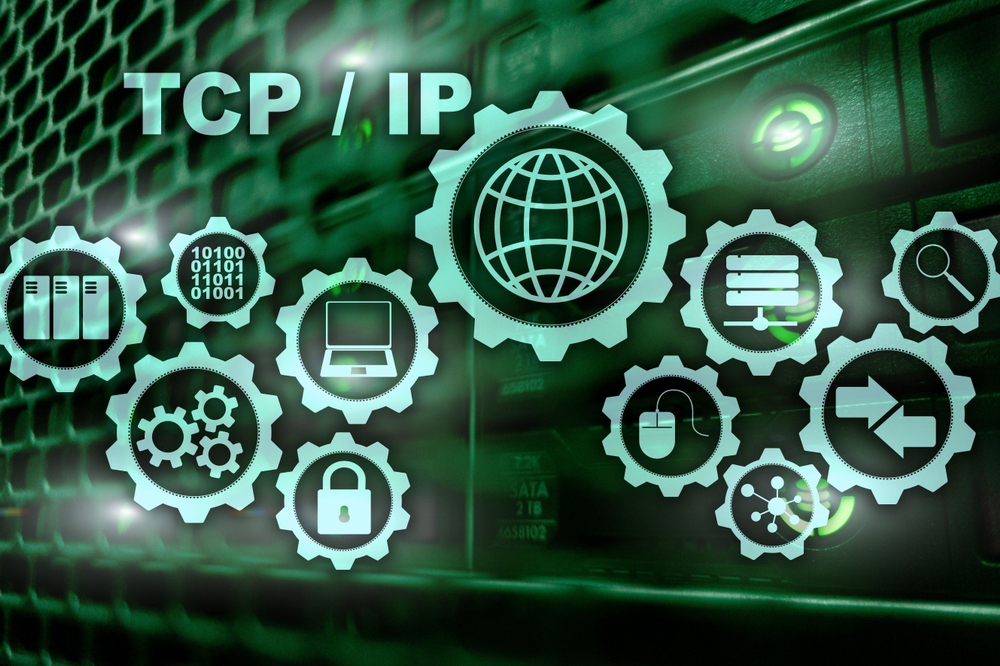
Date First Published: 27th January 2022
Topic: Computer Networking
Subtopic: Internet Protocols
Article Type: Computer Terms & Definitions
Difficulty: AdvancedDifficulty Level: 8/10
Short for the Transmission Control Protocol/Internet Protocol, TCP/IP describes a set of protocols that allow computers and other devices to send and receive data. It is how computers communicate with each other over the internet. The IP is responsible for obtaining the web address that data is transmitted to and once an IP address is found, TCP is in charge of data delivery.
Its purpose is to define how computers move data from one device to another. TCP/IP has a number of steps to ensure that the data between the two computers is correctly sent. One of the steps that TCP/IP uses for ensuring that data between the two computers is correctly sent is that all communication tasks of TCP/IP are divided into layers. The four layers include:
In order to ensure that data between the two computers is correctly sent, TCP/IP breaks down each message into packets, which are then reconfigured on the receiving end. A data packet is a unit of information that is collected into one set for transmission through the internet.
When the packets are being transmitted between other computers, data packets are not private because they are vulnerable to being seen by others. It is highly recommended to avoid using public Wi-Fi when sending private data, such as financial data or personally identifiable information through protocols.
| TCP/IP Protocol | Application layer | BGP• DHCP • DNS • FTP • HTTP • IMAP • LDAP • MGCP • NNTP • NTP • OSPF • POP • PTP • ONC/RPC • RTP • RTSP • RIP • SIP • SMTP • SNMP • SSH • Telnet • XMPP | Transport layer | TCP • UDP • DCCP • SCTP • RSVP • QUIC | Internet layer | IP • ICMP • NDP • ECN • IGMP. | Link layer | Tunnels • PPP • MAC |
|---|
If so, it is important that you tell me as soon as possible on this page.
Network Services Network Setups Network Standards Network Hardware Network Identifiers Network Software Internet Protocols Internet Organisations Data Transmission Technologies Web Development Web Design Web Advertising Web Applications Web Organisations Web Technologies Web Services SEO Threats To Systems, Data & Information Security Mechanisms & Technologies Computer Hardware Computer Software Ethics & Sustainability Legislation & User Data Protection